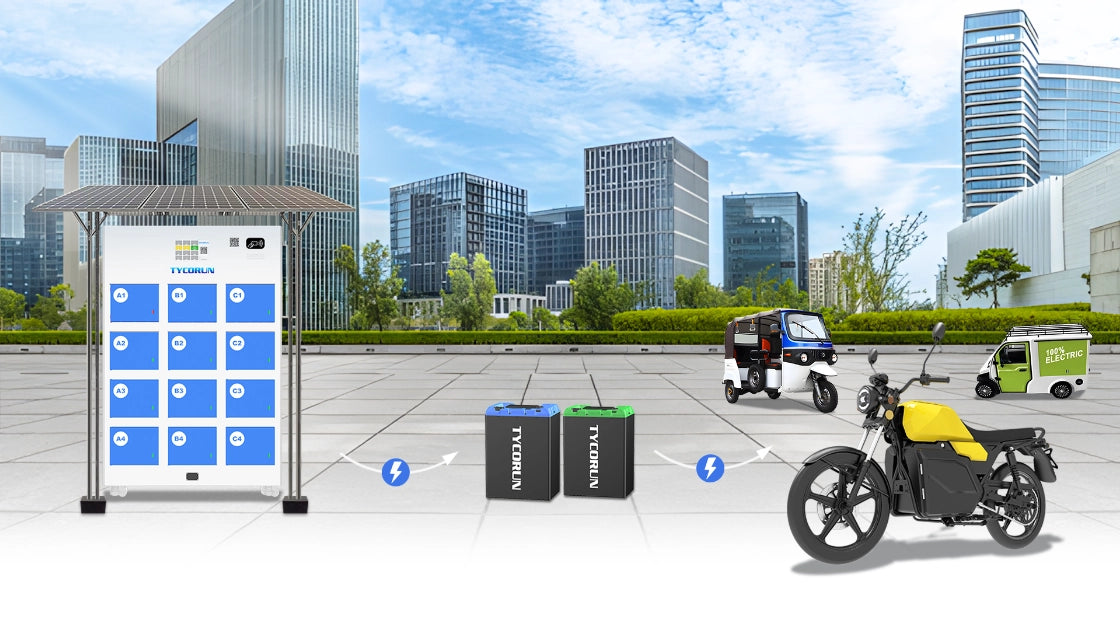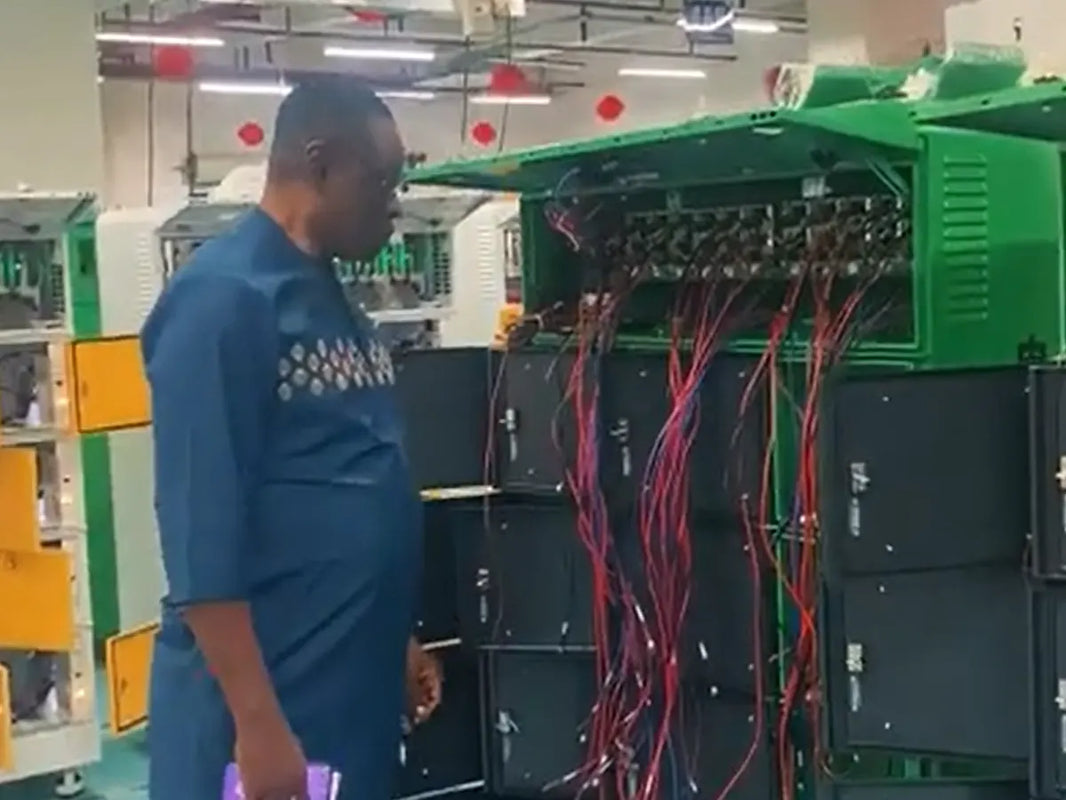
Main content:
- Understanding the Basics Electric Motorcycle vs Gas Motorcycle: How Each Motorcycle Works
- Key Differences and the Benefits of Going Electric
- Instant Power and Smooth Performance
- Lower Operating and Maintenance Costs
- Environmentally Friendly Ride
- Range and Refueling: Charging Time vs Instant Fueling
- Riding Experience: Comfort, Control, and Convenience
- Advanced Technology and Smart Features
- Cost of Ownership and Long-Term Value
- Future-Proof and Supported by Growing Infrastructure
- Pros and Cons Overview
- Conclusion
The conversation about electric motorcycle vs gas has never been more relevant than it is today. With rising fuel prices, growing environmental concerns, and rapid advances in electric mobility, many riders are now rethinking what powers their two wheels. Traditional gas motorcycles still dominate roads worldwide, but electric models are quickly catching up—offering a cleaner, quieter, and often more cost-efficient alternative.
This article explores the key differences between electric motorcycle vs gas models, comparing their performance, running costs, environmental impact, and user convenience to help you decide which one truly fits your lifestyle.
Understanding the Basics Electric Motorcycle vs Gas Motorcycle: How Each Motorcycle Works
Before diving into the pros and cons, it’s important to understand how electric and gas motorcycles function. Though they share the same purpose—getting you from point A to B—their inner workings are entirely different.

How Electric Motorcycles Operate
An electric motorcycle relies on a battery pack and an electric motor. The battery stores energy and supplies power to the motor, which converts electrical energy into motion. A controller acts as the system’s brain, managing the flow of power and regulating speed, torque, and acceleration.
Most electric bikes today use lithium ion battery pack for their high energy density and long cycle life. Some premium models even integrate graphene or solid-state cells for faster charging and better performance. The result is instant torque and quiet operation—making city commuting smoother and more enjoyable.
How Gas Motorcycles Operate
Gas motorcycles use internal combustion engines (ICE) powered by gasoline. When the fuel burns inside the engine, it releases energy that drives pistons connected to the crankshaft—converting chemical energy into mechanical power. These engines are supported by a fuel tank, exhaust system, and transmission to manage speed and torque.
While gas motorcycles are time-tested and highly reliable, their operation involves regular fuel consumption, heat, and emissions. Yet, their proven performance and widespread refueling infrastructure keep them highly popular among long-distance riders.
Understanding these fundamentals helps clarify why the electric motorcycle vs gas discussion goes beyond performance—it’s about efficiency, technology, and sustainability.
Key Differences and the Benefits of Going Electric
Instant Power and Smooth Performance
One of the first things riders notice when comparing electric motorcycle vs gas bikes is the instant torque delivery. Electric motorcycles deliver power directly from the motor to the wheels — no gears, no lag, and no clutch.
This means faster acceleration from a standstill, making city rides more exciting and effortless. Gas motorcycles, on the other hand, depend on engine revs and gear shifts to reach optimal performance.
Whether you’re commuting in traffic or cruising on open roads, the smooth, linear power of an electric bike offers a seamless experience. In 2025, top electric brands like TYCORUN are setting new standards with advanced motor systems that provide both high torque and quiet operation.
Lower Operating and Maintenance Costs
When it comes to cost, the electric motorcycle vs gas comparison clearly favors electric. Electric motorcycles have fewer moving parts, which means less maintenance and lower running expenses over time.

Forget oil changes, spark plugs, or complex exhaust systems — electric motorcycle don’t need them. The primary maintenance focus is on the battery and tires. Electricity is also much cheaper than gasoline, especially in regions offering renewable power incentives.
Over the course of a few years, riders often save thousands of dollars in fuel and maintenance costs simply by switching to electric.
Environmentally Friendly Ride
Environmental responsibility is one of the strongest arguments in the electric motorcycle vs gas debate. Electric motorcycles produce zero tailpipe emissions, reducing air pollution and helping combat climate change.
While the production of batteries does have an environmental footprint, studies show that over the vehicle’s lifetime, electric motorcycles contribute far less CO₂ compared to their gasoline counterparts.
Here’s how they differ:
- Electric motorcycles: No tailpipe emissions, high energy efficiency (around 90%), and minimal noise pollution.
- Gas motorcycles: Emit CO₂, nitrogen oxides, and hydrocarbons—contributing to smog and global warming.
Additionally, electric bikes reduce noise pollution, making them ideal for residential areas. Many riders find the quiet operation soothing, while others miss the signature rumble of a gas engine.
Nonetheless, if sustainability is your priority, the electric route is undoubtedly the greener choice.
Range and Refueling: Charging Time vs Instant Fueling
Range anxiety is still one of the biggest concerns in the electric motorcycle vs gas conversation.
A typical electric motorcycle can travel 100–250 km per charge, depending on the battery size and riding style. While this range is improving with every generation, it still falls short of gas bikes, which can often exceed 300 km per tank.
Refueling is another major difference. Gas motorcycles can be refilled in minutes at any fuel station, while charging an electric motorcycle takes several hours unless you use fast charging or battery swap technology.

However, infrastructure is evolving fast. Battery swapping stations—like those developed by TYCORUN and similar innovators—are reducing wait times significantly. Riders can now replace a depleted battery with a fully charged one in under a minute, making electric motorcycles increasingly practical for urban mobility.
Riding Experience: Comfort, Control, and Convenience
Beyond technical specs, the electric motorcycle vs gas comparison also comes down to how they feel on the road.

- Electric Motorcycles
Electric models are incredibly smooth. There’s no need to shift gears, no clutch operation, and minimal vibration. Most have instant start features—just press a button and go. The near-silent motor creates a relaxing ride, ideal for city commutes or nighttime journeys.
- Gas Motorcycles
Gas-powered bikes provide a more visceral experience. The rumbling sound, manual gear shifting, and engine feedback appeal to riders who love the mechanical feel of traditional motorcycles. However, they’re noisier, require warm-up time, and can be tiring during heavy traffic.
In short, if you prioritize convenience and ease of use, the electric motorcycle will feel effortless. But if you crave the raw connection between man and machine, the gas motorcycle still offers a thrill that’s hard to replicate.
Advanced Technology and Smart Features
Electric motorcycles are leading the innovation curve. Comparing electric motorcycle vs gas bikes reveals how much more technology is built into electric versions.
Many come equipped with app connectivity, GPS tracking, regenerative braking, and customizable riding modes. Some even have over-the-air software updates, allowing riders to access new features and performance enhancements without visiting a service center.
Gas motorcycles, while reliable, are less likely to evolve technologically. The electric category is quickly becoming the smarter choice for riders who love tech-driven performance and innovation.
Cost of Ownership and Long-Term Value
When analyzing electric motorcycle vs gas ownership, you must look beyond just purchase price.
Even if a gas motorcycle seems cheaper upfront, its long-term expenses—fuel, oil, and parts replacement—quickly add up. Electric motorcycles, on the other hand, cost less to operate, and their simplified design means fewer repairs.
In 3–5 years of use, many electric motorcycle owners recover their initial investment through fuel and maintenance savings alone. Plus, as electric technology matures, resale values are improving steadily, making them an even smarter investment.
Future-Proof and Supported by Growing Infrastructure
The final advantage in the electric motorcycle vs gas showdown is future readiness. Governments worldwide are moving toward electrification, offering incentives, tax breaks, and expanded charging networks.
Major cities are beginning to restrict or ban gas-powered vehicles from urban centers, signaling that electric mobility is here to stay. Manufacturers like TYCORUN, which focuses on electric motorcycles with swappable batteries, continue to innovate by enhancing battery efficiency, improving swap station technology, and making their models more accessible to riders.
By choosing electric now, you’re investing in a cleaner, smarter, and more sustainable future for personal transportation.
Pros and Cons Overview
Here’s a simple breakdown to summarize the electric motorcycle vs gas differences:

Ultimately, the choice depends on your needs and priorities.
Conclusion
So, in the electric motorcycle vs gas debate—who wins?
If you value eco-friendliness, low maintenance, and quiet operation, an electric motorcycle is the smarter choice, especially for city riders and commuters. It’s clean, modern, and budget-friendly over time.
However, if your adventures take you on long highway rides or remote areas, a gas motorcycle remains the more practical option because its range and refueling convenience.
There’s no single answer that fits everyone. But one thing is clear—the electric motorcycle is quickly becoming the future of two-wheel mobility. As technology advances, the gap between electric motorcycle vs gas will only continue to close, giving riders more power, performance, and sustainability than ever before.
Who We Are
At TYCORUN, we specialize in lithium battery manufacturing and offer one-stop battery solutions. Since 2007, we’ve been committed to R&D, production, and sales of lithium battery packs, battery cells, and battery management systems (BMS). Our products cover a wide range of applications such as electric motorcycles, energy storage, and custom solutions. With over 15 years of experience and a strong global network, TYCORUN supports OEM/ODM services, provides technical support, and ensures quality with multiple certifications, including UN38.3, MSDS, CE, and UL. Contact Us to find your battery need.

Related articles: Top 10 electric motorcycle manufacturers in Cambodia, Top 10 electric motorcycle manufacturers in Thailand, Top 10 electric two-wheeler with swappable batteries in Indonesia,















